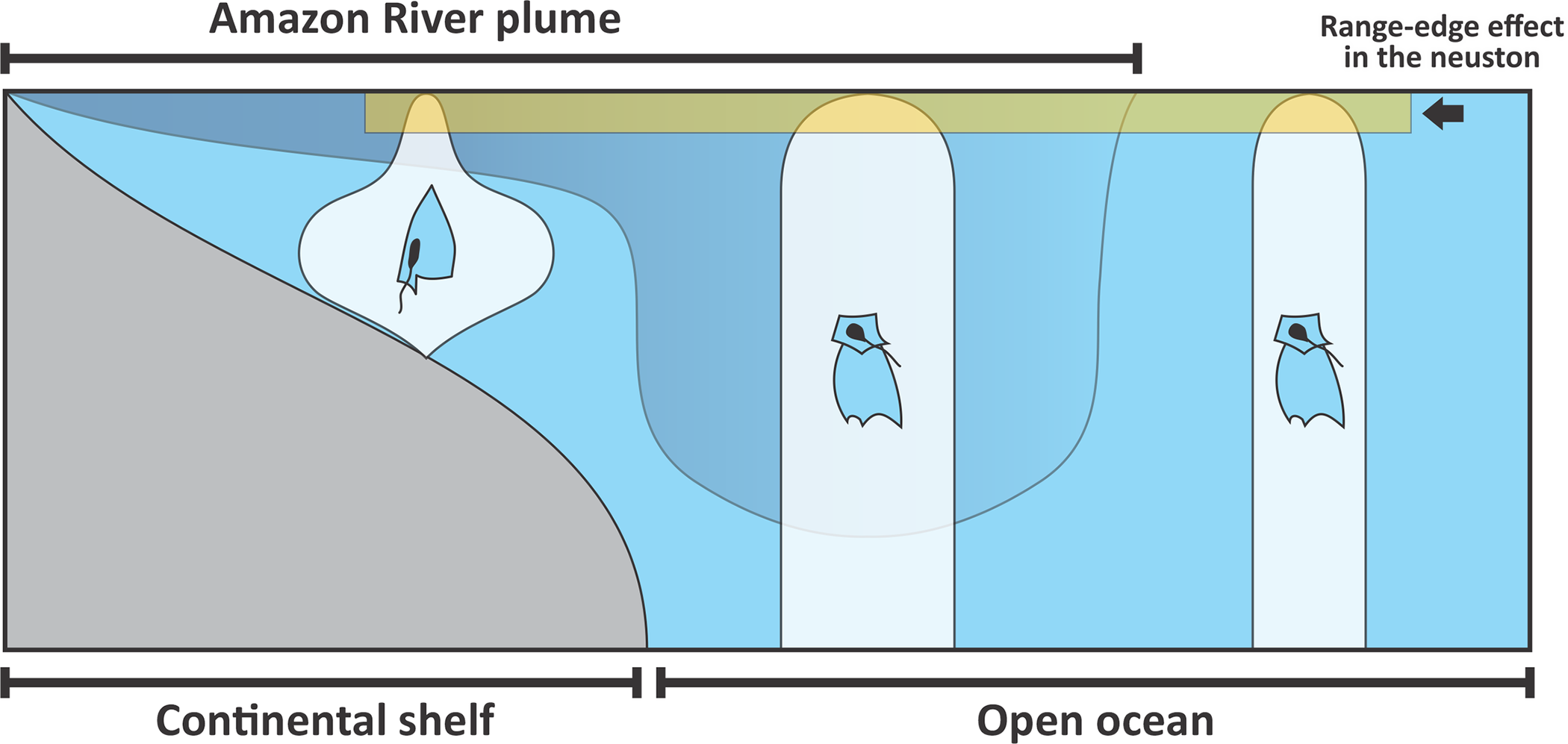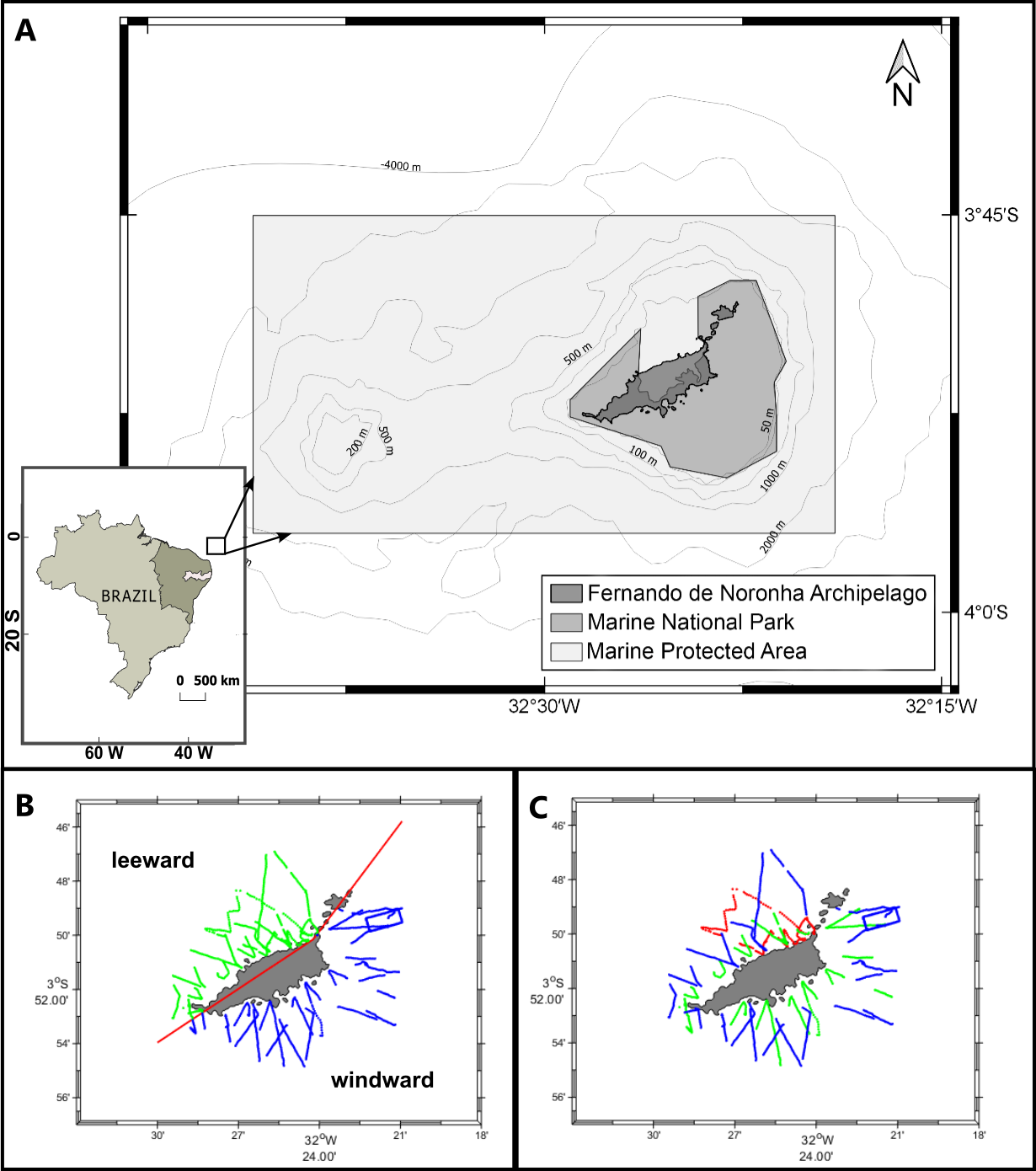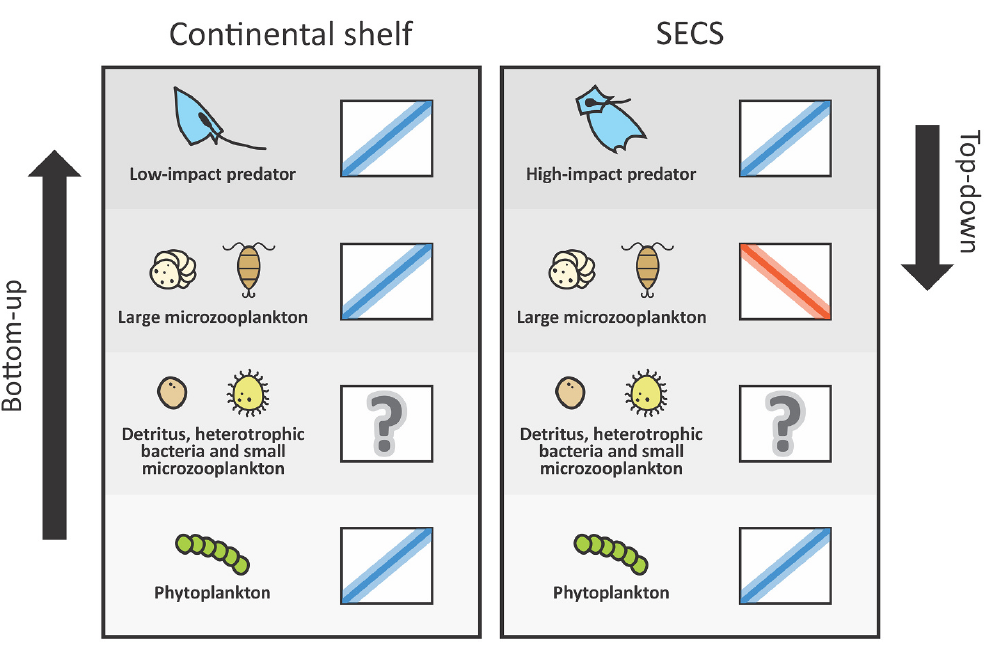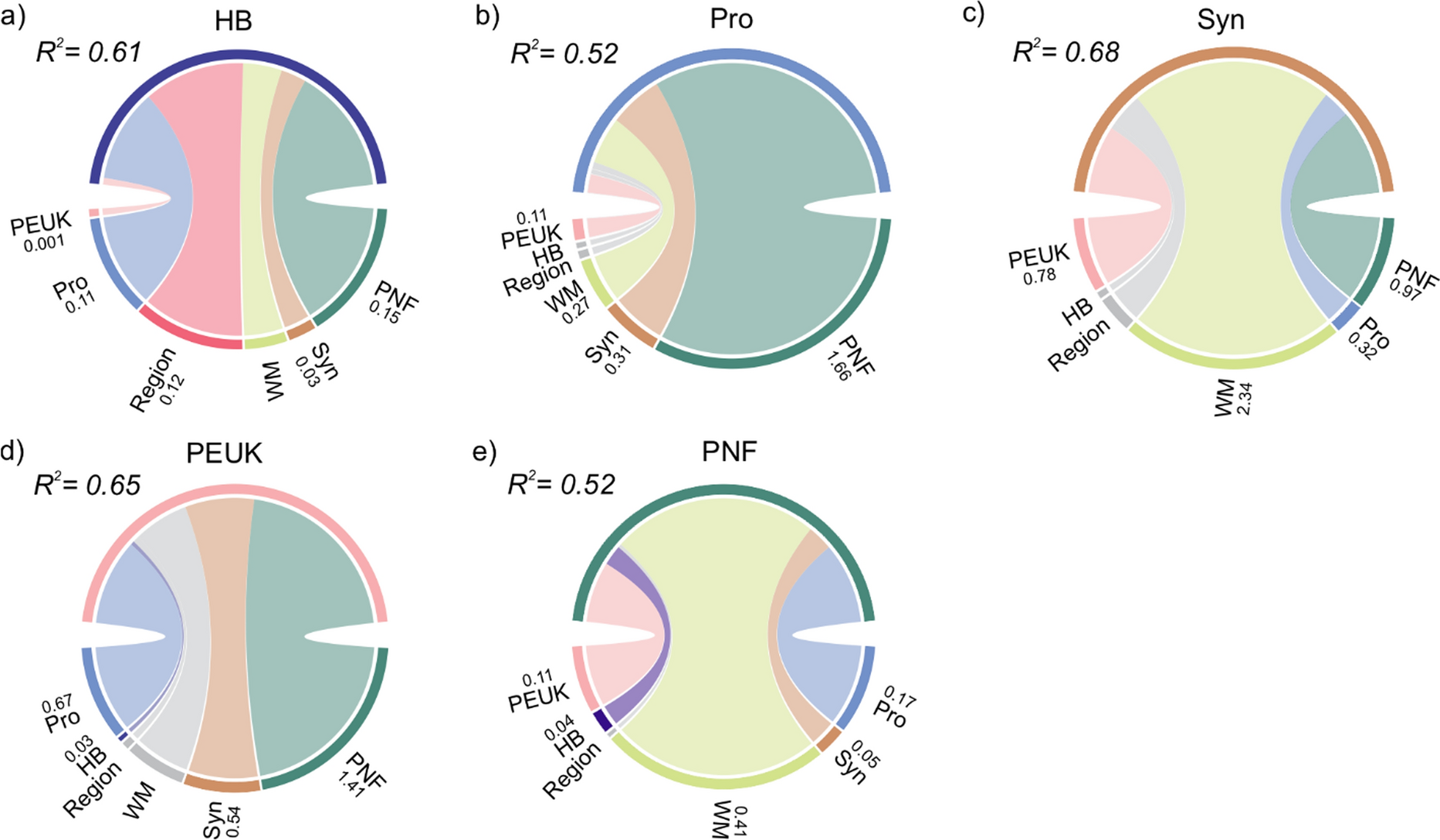Mesozooplankton plays a pivotal role within marine food webs. However, there is a paucity of studies examining the size-spectra and trophic efficiency of these communities
The neuston layer represents a complex community inhabiting the interface where oceanographic and atmospheric processes interact. Here, our aim was to compare patterns in the
The oceanic zone of Northeast Brazil in the southwestern tropical Atlantic Ocean is characterised by the presence of a variety of current systems. Thus, it
Deep-pelagic fishes are among the most abundant vertebrates on Earth. They play a critical role in sequestering carbon, providing prey for harvestable fishing stocks and
This study presents an approach that complements previously identified trends in the distribution of acoustic biomass of demersal and pelagic fishes in Fernando de Noronha.
Large microzooplankton, comprising organisms generally between 64 and 200 μm, plays a significant trophic role in marine ecosystems as primary or secondary consumers. In oligotrophic
The recruitment of marine species in isolated oceanic island systems can be challenged by prevailing currents, as exemplified by the Tropical Southwestern Atlantic. In this
Protected areas play a crucial role in current global policies to mitigate the erosion of biodiversity and systematic reserve site selection models are increasingly involved in
The Brazil-Malvinas Confluence (BMC) is a significant biological frontier where distinct currents meet, fostering optimal conditions for phytoplankton development. In this study we tested the
In oligotrophic oceans, trophic transfer at the base of pelagic food webs is driven by shifts in biomass ratios of plankton microbial groups, which determine













